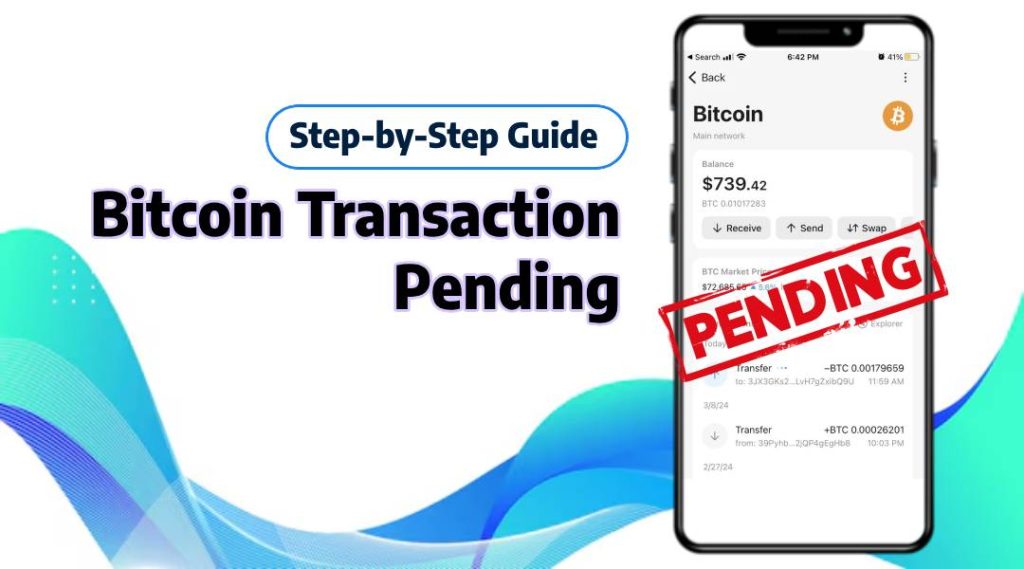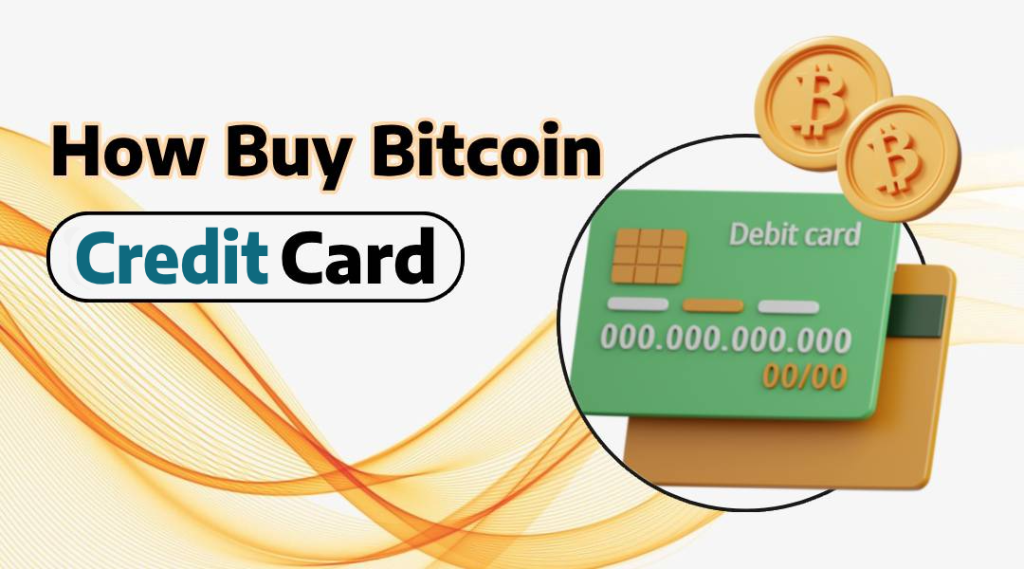As a Bitcoin user, you might have encountered the frustrating situation where your Bitcoin transaction remains in a pending state for longer than expected. It’s a common issue that many cryptocurrency users face, and it can stem from a variety of factors. Understanding why your Bitcoin transaction is still pending can help you address the problem more effectively.
Understanding Bitcoin Transaction Pending
When you send Bitcoin, your transaction is broadcast to the network, waiting to be confirmed by miners. However, if your Bitcoin transaction is still pending, there could be several factors at play. One of the most common reasons for a Bitcoin transaction pending issue is network congestion. The Bitcoin blockchain processes transactions in blocks, and each block has a limited capacity. If there are more transactions than the network can handle, some transactions will naturally be delayed.
Another key factor affecting the speed of your transaction is transaction fees. Bitcoin miners prioritize transactions that offer higher fees. If your transaction’s fee is too low compared to others in the queue, it might take longer for it to be included in a block.
Common Reasons and Resolutions of Bitcoin Transaction Pending
Here are some common reasons why Bitcoin transactions can get stuck and how you can resolve the issue.
1. Low Network Fees
Bitcoin transactions rely on miners to validate and confirm them on the blockchain. Miners prioritize transactions based on the transaction fee (measured in satoshis per byte). If the fee you attached to your transaction is too low, miners may not pick it up right away, leading to a “Bitcoin transaction pending” situation.
How to Fix It:
You can try to increase the transaction fee by using a feature like Replace-by-Fee (RBF), which allows you to resend the transaction with a higher fee to expedite confirmation. Always ensure you’re setting an appropriate fee based on the current network congestion.
2. Network Congestion
Bitcoin’s blockchain is limited in the number of transactions it can process at any given time. During periods of high demand, such as during market spikes or popular events, the network can become congested. When the network is congested, transactions may take longer to process, and you might see your Bitcoin transaction pending for an extended period.
How to Fix It:
Patience is key in this case. If you don’t want to wait, consider using a higher fee to encourage miners to prioritize your transaction. It’s also helpful to track Bitcoin’s current congestion levels using blockchain explorers to get a sense of when the network is clear.
3. Transaction Volume
The Bitcoin network has a finite block size, and the transaction volume can sometimes overwhelm it. If there are too many transactions in the mempool (the pool of unconfirmed transactions), your Bitcoin transaction may be delayed, especially if it’s in a lower-priority queue.
How to Fix It:
Monitor the Bitcoin network’s status and wait for the congestion to ease. In some cases, you might need to manually adjust the fee to push the transaction through faster. Blockchain explorers like Mempool.space can give you a real-time view of Bitcoin’s mempool and help you decide on the right time to resend.
4. Unreliable Network Connections
Sometimes, the issue isn’t with the blockchain but with your connection to it. A poor or unstable internet connection can prevent your transaction from being broadcast properly to the network, which might leave it stuck in the pending state.
How to Fix It:
Ensure your wallet is properly connected to the network and that you’re using a reliable internet connection. If you’re using a mobile wallet or a third-party wallet provider, try restarting your app or syncing it again to ensure proper broadcast.
5. Wallet or Exchange Delays
If you’re using an exchange or a third-party wallet to send Bitcoin, delays might occur due to issues with their systems. For instance, they might be batching transactions, undergoing maintenance, or processing your withdrawal slower than expected.
How to Fix It:
Check if the wallet or exchange has announced any maintenance or technical issues that could affect transaction processing. Contact their customer support if the issue persists for a longer period.
📚Recent Blog: How to Track Bitcoin ATM Transaction
What to Do if Your Bitcoin Transaction Is Still Pending
If your Bitcoin transaction is pending beyond a reasonable time frame (usually 24 hours), here are a few steps you can take:
- Track the transaction: Use a blockchain explorer like Blockchair or Blockchain.com to look up your transaction ID (TXID) and check its status.
- Check your fee settings: If the fee was too low, consider re-sending the transaction with a higher fee or use RBF.
- Contact your wallet provider or exchange: If you’re using an exchange or a third-party wallet, contact their support team to see if there’s an issue with their systems.
Conclusion
A Bitcoin transaction pending status can be frustrating, but understanding the underlying reasons—like low fees, network congestion, or unreliable connections—can help you resolve the issue faster. Be patient, monitor network conditions, and adjust your fees accordingly. If problems persist, don’t hesitate to reach out to support for further assistance.
By staying informed and proactive, you can avoid most transaction delays and ensure a smoother Bitcoin experience.
For more expert advice and detailed guides on Bitcoin and cryptocurrency, visit Crypto ATM Expert today!
Frequently Asked Question (FAQ):-
What causes a Bitcoin transaction to be pending?
A Bitcoin transaction is pending mainly due to low transaction fees, network congestion, or delays from the wallet or exchange used. If the network is busy or the fee is too low, miners may not prioritize the transaction immediately.
How long does it take for a Bitcoin transaction to be confirmed?
Typically, a Bitcoin transaction may take anywhere from a few minutes to several hours to be confirmed, depending on network congestion and the fee set for the transaction.
Can I speed up my pending Bitcoin transaction?
Yes, you can try increasing the transaction fee using the Replace-by-Fee (RBF) method. This encourages miners to prioritize your transaction by offering a higher fee.
What should I do if my Bitcoin transaction is still pending after 24 hours?
If the transaction remains pending for over 24 hours, check the transaction’s status using a blockchain explorer and contact your wallet provider or exchange for further support.


